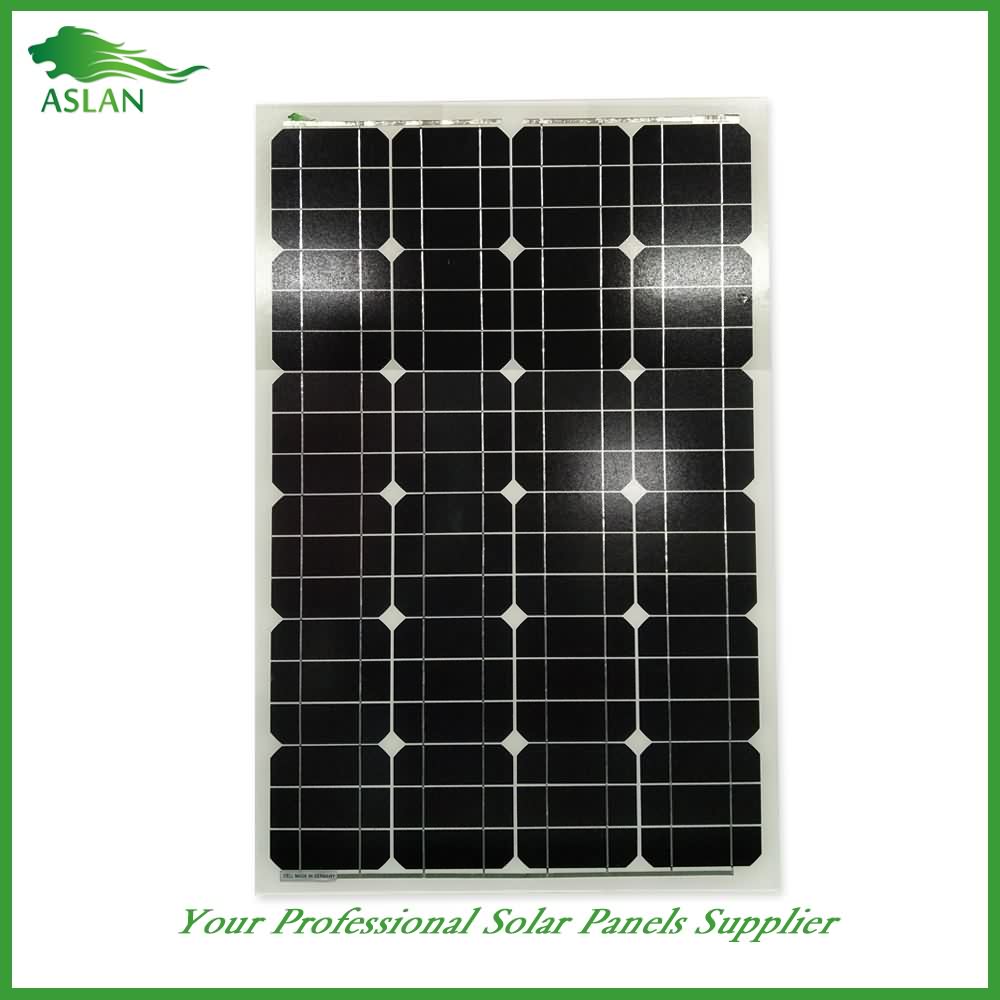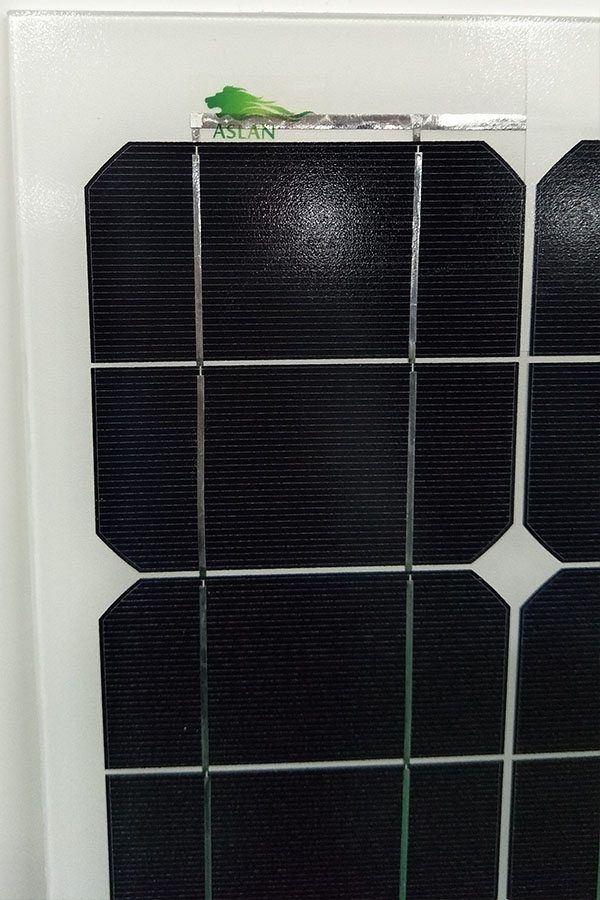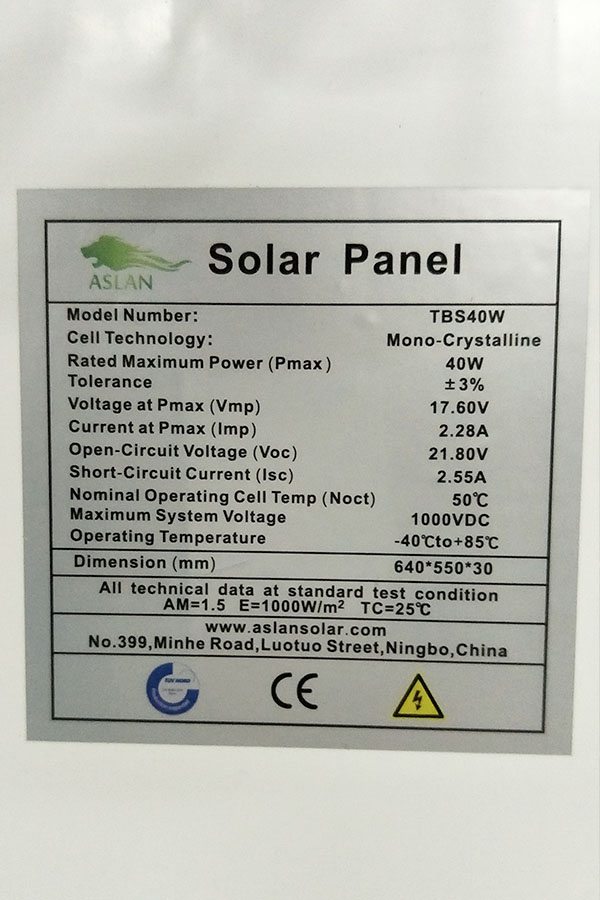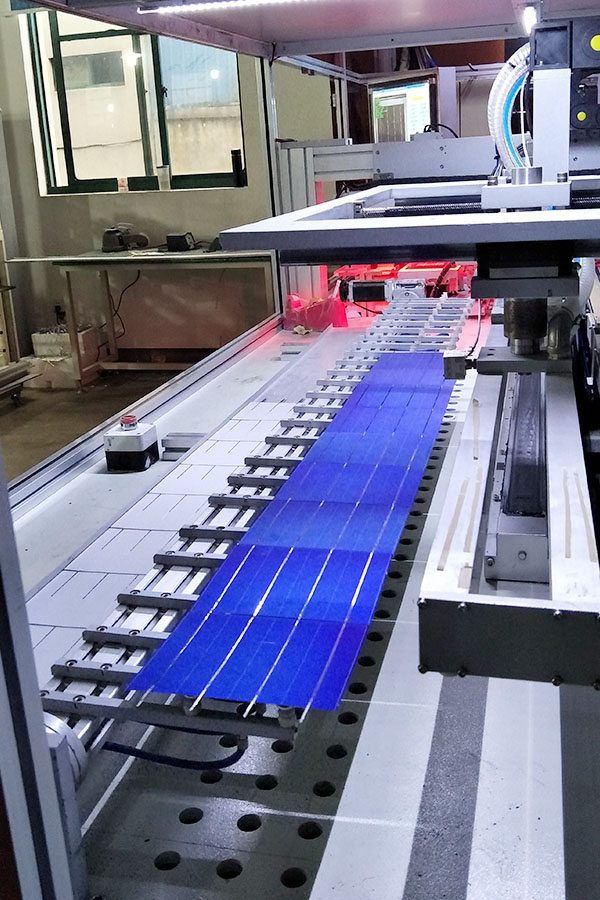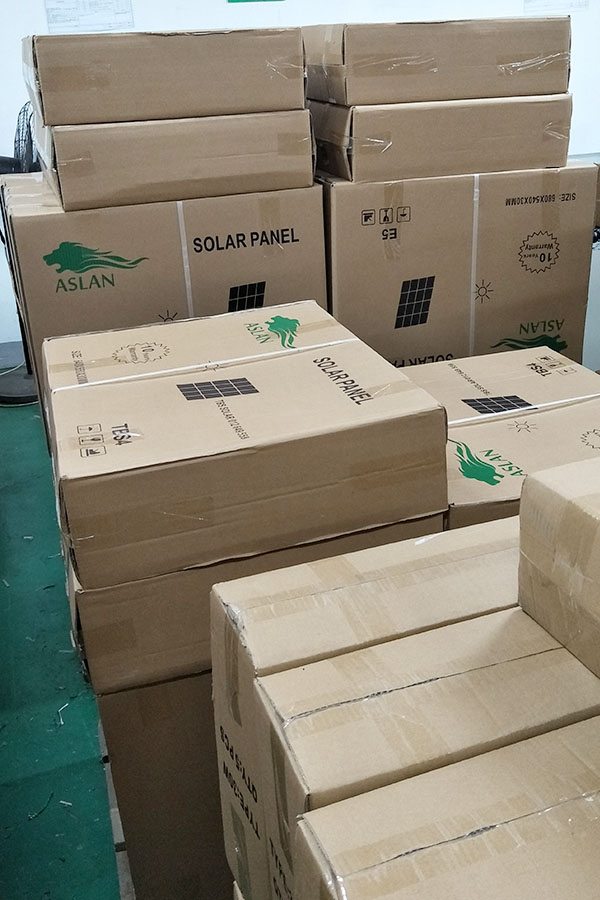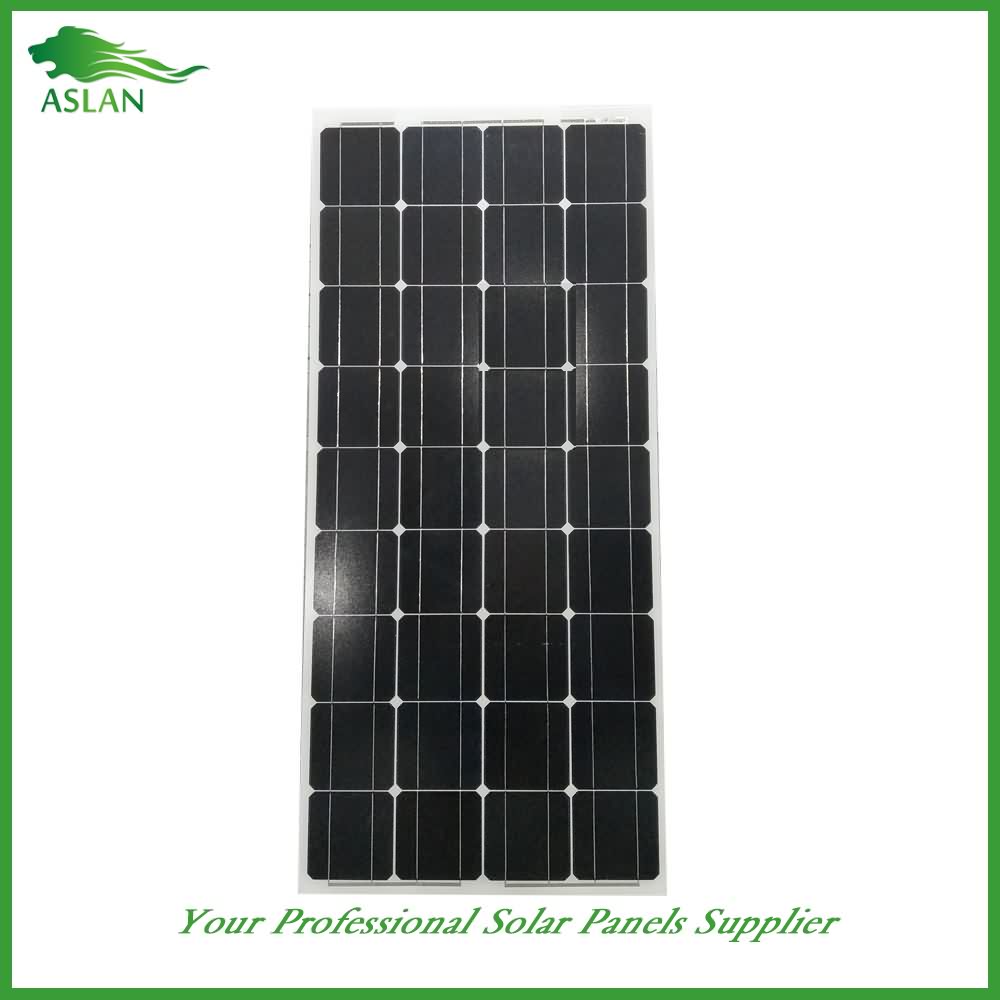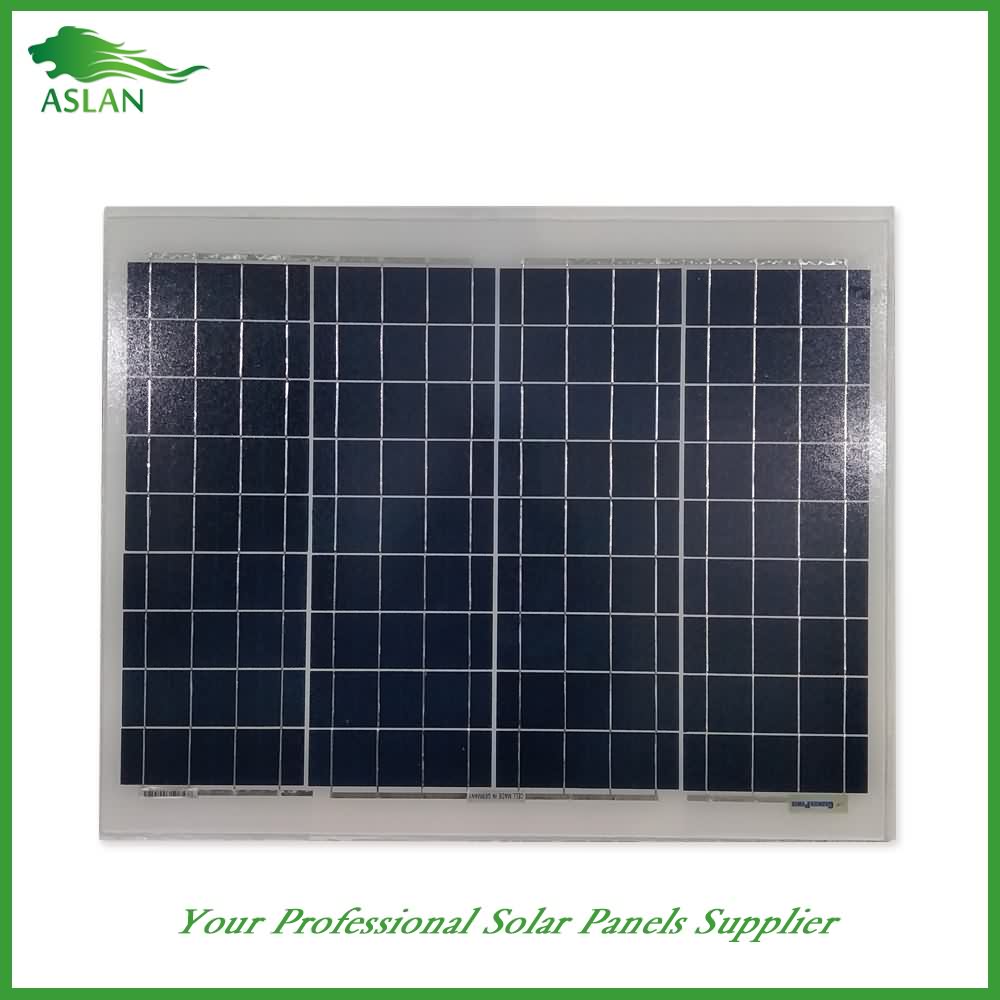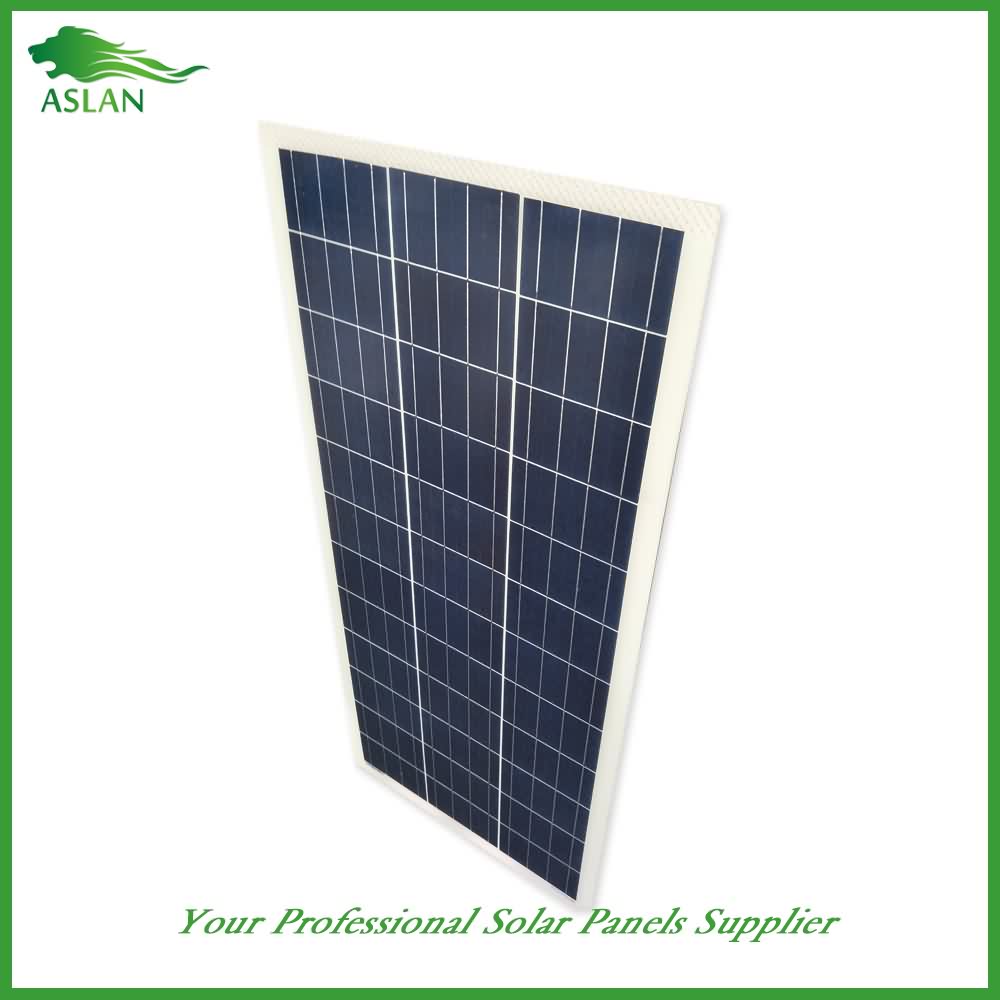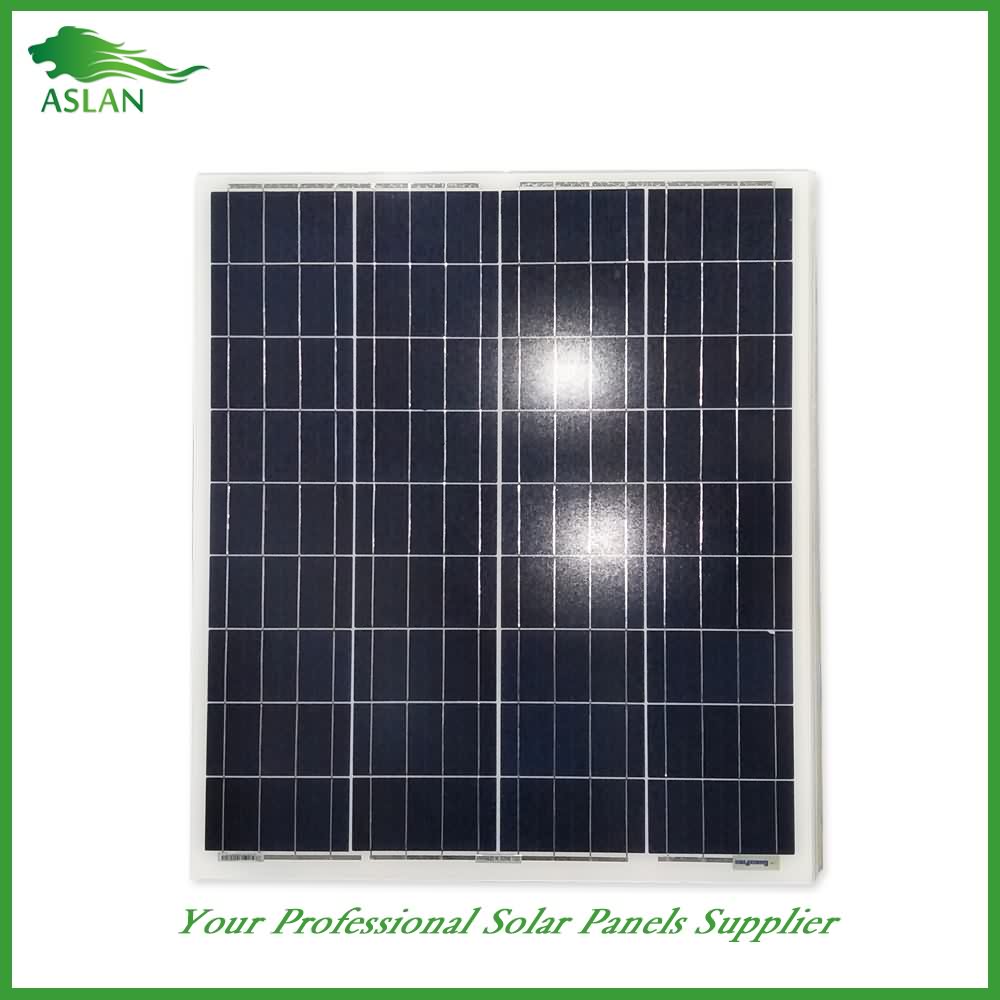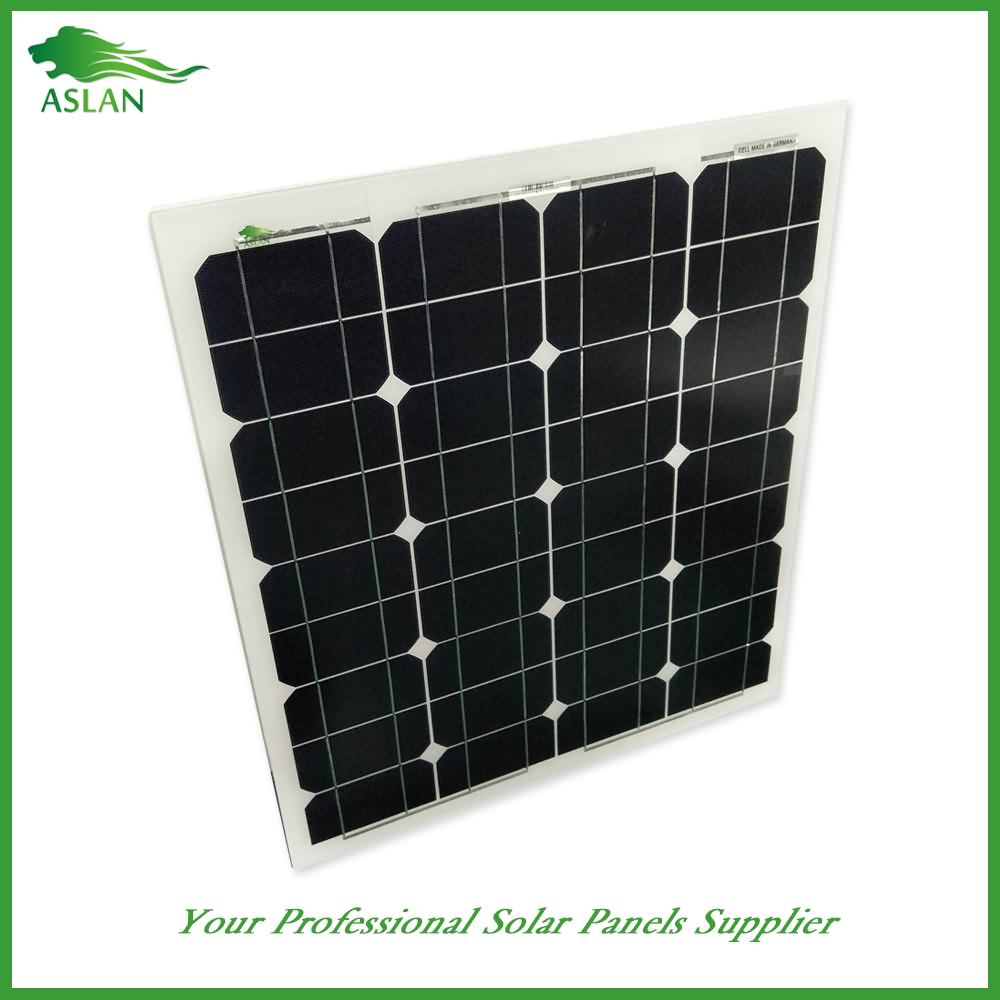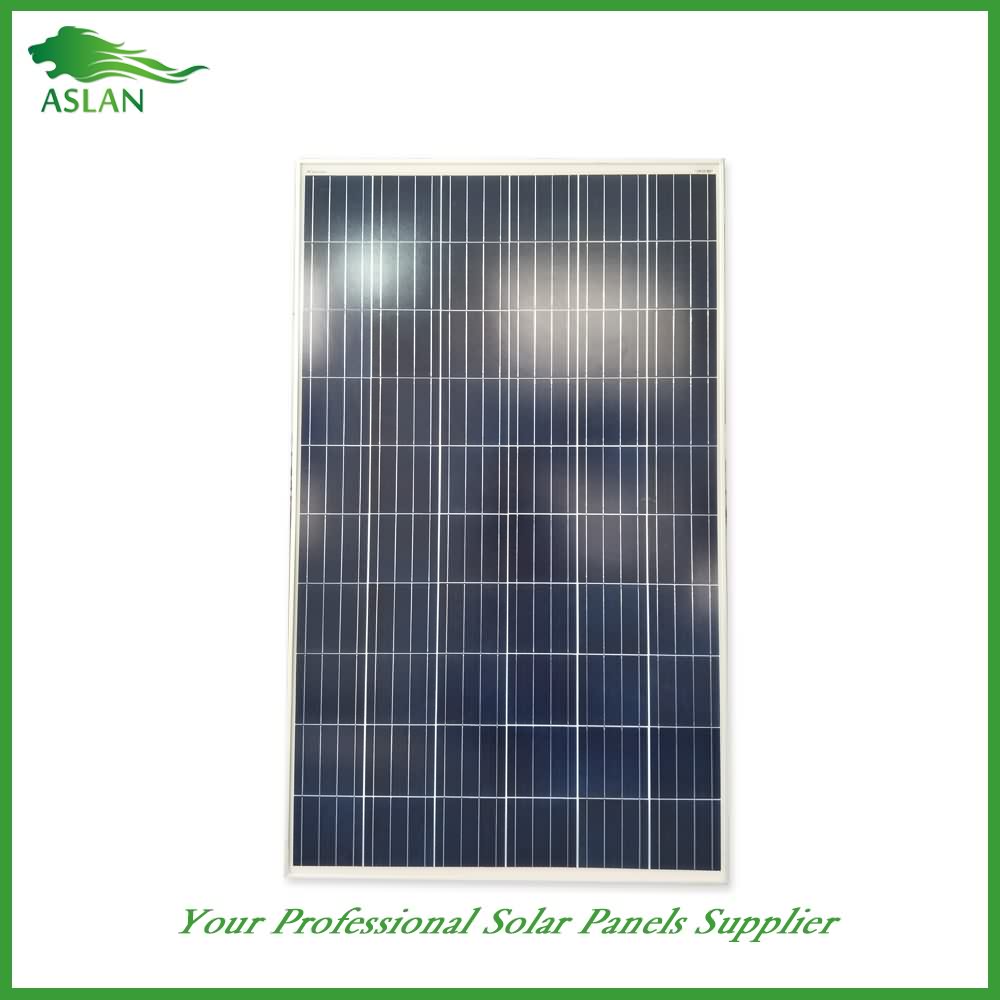Factory directly supply Mono-Crystalline 60W Solar Panel Supply to Lahore
Short Description:
Quality comes first; service is foremost; business is cooperation" is our business philosophy which is constantly observed and pursued by our company for Factory directly supply Mono-Crystalline 60W Solar Panel Supply to Lahore, We believe that a passionate, innovative and well-trained team will be able to establish good and mutually beneficial business relationships with you soon. Please feel free to contact us for more details.
Mono-Crystalline 60W Solar Panel
Technical parameter
Maximum Power(W) 60W
Optimum Power Voltage(Vmp) 18.46V
Optimum Operating Current(Imp) 3.25A
Open Circuit Voltage(Voc) 22.51V
Short Circuit Current(Isc) 3.57A
Mechanical Characteristics
Cell Type Mono-crystalline 125 x 83mm
No of Cell 36 (4x9pcs)
Dimensions 821x554x35mm
Weight 5.0Kg
Front Glass 3.5mm,High Transmission, Low Iron,Tempered Glass
Junction box IP65 Rated
Output Cable TUV 1×4.0mm2/UL12AWG,Length:900mm
Temperature and Coefficients
Operating Temperature(°C): -40°C ~ + 85°C
Maximum System Voltage: 600V(UL)/1000V(IEC) DC
Maximum Rated Current Series: 15A
Temperature Coefficients of Pmax: -0.47%
Temperature Coefficients of Voc: -0.389%
Temperature Coefficients of Isc: 0.057%
Nominal Operationg Cell Temperature (NOCT): 47+/-2°C
Materials of solar panel
1).Solar Cell——Mono-crystalline solar cell 125*83mm
2).Front Glass——-3.2mm, high transmission, low iron, tempered glass
3).EVA——-excellent anti-aging EVA
4).TPT——-TPT hot seal made of flame resistance
5).Frame——anodized aluminum profile
6).Junction Box——-IP65 rated, high quality, with diode protection
Superiority: high quality anodized aluminum frame, high efficiency long life, easy installation, strong wind resistance, strong hail resistance.
Features
1. High cell efficiency with quality silicon materials for long term output stability
2. Strictly quality control ensure the stability and reliability, totally 23 QC procedures
3. High transmittance low iron tempered glass with enhanced stiffness and impact resistance
4. Both Poly-crystalline and Mono-crystalline
5. Excellent performance in harsh weather
6. Outstanding electrical performance under high temperature and low irradiance
Quality assurance testing
Thermal cycling test
Thermal shock test
Thermal/Freezing and high humidity cycling test
Electrical isolation test
Hail impact test
Mechanical, wind and twist loading test
Salt mist test
Light and water-exposure test
Moist carbon dioxide/sulphur dioxide
Concentrated solar power (CSP), also called “concentrated solar thermal”, uses lenses or mirrors and tracking systems to focus a large area of sunlight into a small beam. Contrary to photovoltaics – which converts light directly into electricity – CSP uses the heat of the sun’s radiation to generate electricity from conventional steam-driven turbines.
A wide range of concentrating technologies exists: among the best known are the parabolic trough, the compact linear Fresnel reflector, the Stirling dish and the solar power tower. Various techniques are used to track the sun and focus light. In all of these systems a working fluid is heated by the concentrated sunlight, and is then used for power generation or energy storage.[10] Thermal storage efficiently allows up to 24-hour electricity generation.[11]
A parabolic trough consists of a linear parabolic reflector that concentrates light onto a receiver positioned along the reflector’s focal line. The receiver is a tube positioned right above the middle of the parabolic mirror and is filled with a working fluid. The reflector is made to follow the sun during daylight hours by tracking along a single axis. Parabolic trough systems provide the best land-use factor of any solar technology.[12] The SEGS plants in California and Acciona’s Nevada Solar One near Boulder City, Nevada are representatives of this technology.[13][14]
Compact Linear Fresnel Reflectors are CSP-plants which use many thin mirror strips instead of parabolic mirrors to concentrate sunlight onto two tubes with working fluid. This has the advantage that flat mirrors can be used which are much cheaper than parabolic mirrors, and that more reflectors can be placed in the same amount of space, allowing more of the available sunlight to be used. Concentrating linear fresnel reflectors can be used in either large or more compact plants.[15][16]
The Stirling solar dish combines a parabolic concentrating dish with a Stirling engine which normally drives an electric generator. The advantages of Stirling solar over photovoltaic cells are higher efficiency of converting sunlight into electricity and longer lifetime. Parabolic dish systems give the highest efficiency among CSP technologies.[17] The 50 kW Big Dish in Canberra, Australia is an example of this technology.[13]
A solar power tower uses an array of tracking reflectors (heliostats) to concentrate light on a central receiver atop a tower. Power towers are more cost effective, offer higher efficiency and better energy storage capability among CSP technologies.[13] The PS10 Solar Power Plant and PS20 solar power plant are examples of this technology.
Solar power is amazing. On average, every square meter of Earth’s surface receives 164 watts of solar energy (a figure we’ll explain in more detail in a moment). In other words, you could stand a really powerful (150 watt) table lamp on every square meter of Earth’s surface and light up the whole planet with the Sun’s energy! Or, to put it another way, if we covered just one percent of the Sahara desert with solar panels, we could generate enough electricity to power the whole world. That’s the good thing about solar power: there’s an awful lot of it—much more than we could ever use.
